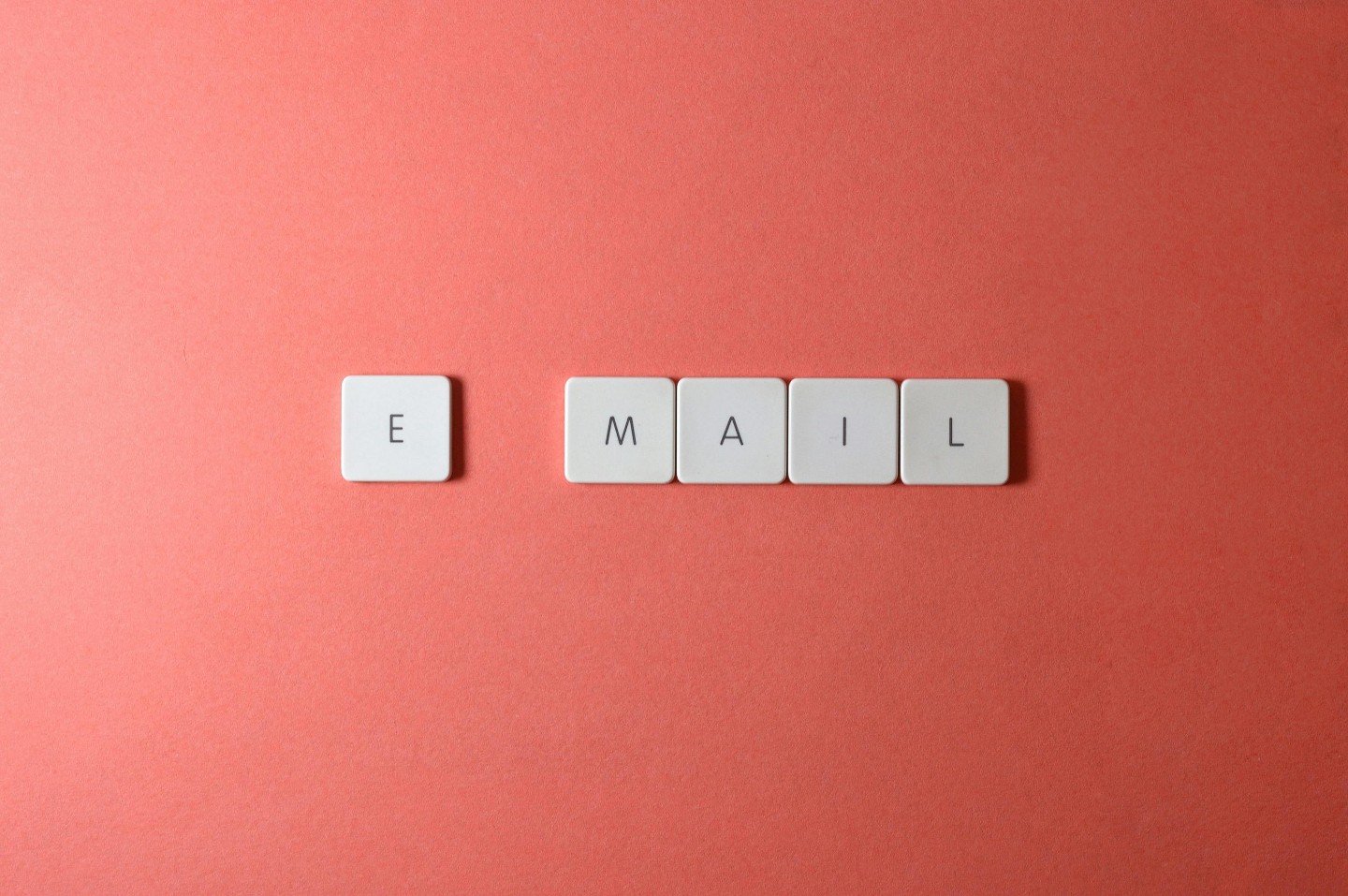
Your accounts might believe that email marketing is old school. But it is a proven format that influences consumers to make a purchase. If your clients set the right email marketing objectives, the tool can help them do a lot more.
Email Messaging in a Changing Economy
New research shows consumers are increasingly concerned about their financial situation and it’s impacting their buying decisions. In the 2025 Consumer Trends Index, Marigold analysts confirm the change in consumer sentiment.
69% report being pessimistic about the future. The key causes are the high cost of living and a concern about losing their jobs.
These findings align with recent Attest survey results which show that women feel financially insecure compared to men. Attest analysts point out that women are less trusting of what they see on social media, indicating brands may need to reach them through other media channels. Email messaging could be one of those formats. In particular, one of your account’s email marketing objectives could be to build trust with women.
In their top-down look at relationship marketing, Marigold analysts acknowledge that marketers want to maintain, and preferably grow, their business. The alarm bells warning of declining consumer confidence may cause marketers to rush into price discounting.
Using Email to Improve Brand Position
Before your accounts take that step, share the big picture with them. Price is not the only factor in a purchase decision. Consumers also notice the following when making a purchase decision:
- Brand quality 75%
- Customer service and support 51%
- Convenience 61%
In addition to emphasizing these features in their messaging, marketers must also appear in the media channels that sway consumers to purchase. In Marigold’s research, 54% of consumers reported making a purchase as a result of an email message they received.
The highest rates of email responses were linked to consumers in the 65–74-year-old age group. 65% of this age group is swayed by email messages. On the other hand, only 38% of 18-to-24-year-olds said the same.
In comparison, social media ads (44%) and social media posts (43%) were not as effective as email in influencing purchases. However, social media ads make a big impression on one key demographic group. 53% of 18-to-24-year-olds report making purchases as a result of a social media ad in the past year.
Personalization
One of your clients’ email marketing objectives should be to use the format to personalize messages. 73% of consumers like emails that mention their previous purchases. And 80% don’t feel that an email birthday offer is “creepy.”
However, 55% “view location-based ads from unknown brands as intrusive.”
Email Frequency
It can be challenging to perfect the cadence of email messaging. Some consumers will object to receiving a promotional email on a daily basis. Other people feel that a weekly communication is too frequent.
Encourage your accounts to offer flexibility to their customers. They can allow customers to choose the frequency of communication. Offering customers easy ways to unsubscribe from communication is also mandatory.
Email Purpose
While marketers get some details right, in at least 25% of cases they don’t. Consumers aren’t interested in irrelevant email messages. When crafting email marketing objectives, your accounts must target customers with offers that will generate responses.
Consumers are somewhat or very likely to respond to messages that include:
- Discounts and coupon codes 89%
- Exclusive VIP offers 77%
- Sales/holiday promotions 86%
- Free delivery offers 85%
Email Timing
Constant Contact reports the click-through rate for email campaigns is less than 2%. Their analysts also note that higher open rates for email happen in the morning and on the weekend. When are your accounts sending out their email blasts? Have they tried A/B testing to determine which timeframe results in the best open rates?
Using Email to Win Back Customers
Customers leave brands for multiple reasons. Yes, brand loyalty exists. But if a favorite brand isn't available at purchase time, consumers will move on.
Once a customer has given up on a brand, it can be hard to win them back. Part of your accounts’ core email marketing objectives should be to interact with customers who have disengaged. Why? Because 29% of consumers will return if the brand has something new to offer.
Data Security
In some cases, consumers may give up on a brand if there has been a data breach. 19% of consumers will continue returning if a marketer improves its data policies. Letting them know the marketer’s progress through an email campaign is one way to make a difference.
Brand Quality
Quality is one of the top drivers of brand loyalty – as is customer service. Marketers that make improvements in these areas should announce them in an email campaign to consumers. Doing so may win back customers they lost.
Some aspects of loyalty come down to what matters to consumers in specific age groups. Consumers in the 18-to-24-year-old category, for example, will support brands that promote their stand on the environment or social issues.
According to AudienceSCAN from AdMall, around 29% of consumers have been influenced by an email marketing message in the past 30 days. Part of your account’s email marketing objectives this year should be to score new and returning customers cost effectively.
Photo by Miguel A. Padrinan on Pexels.



